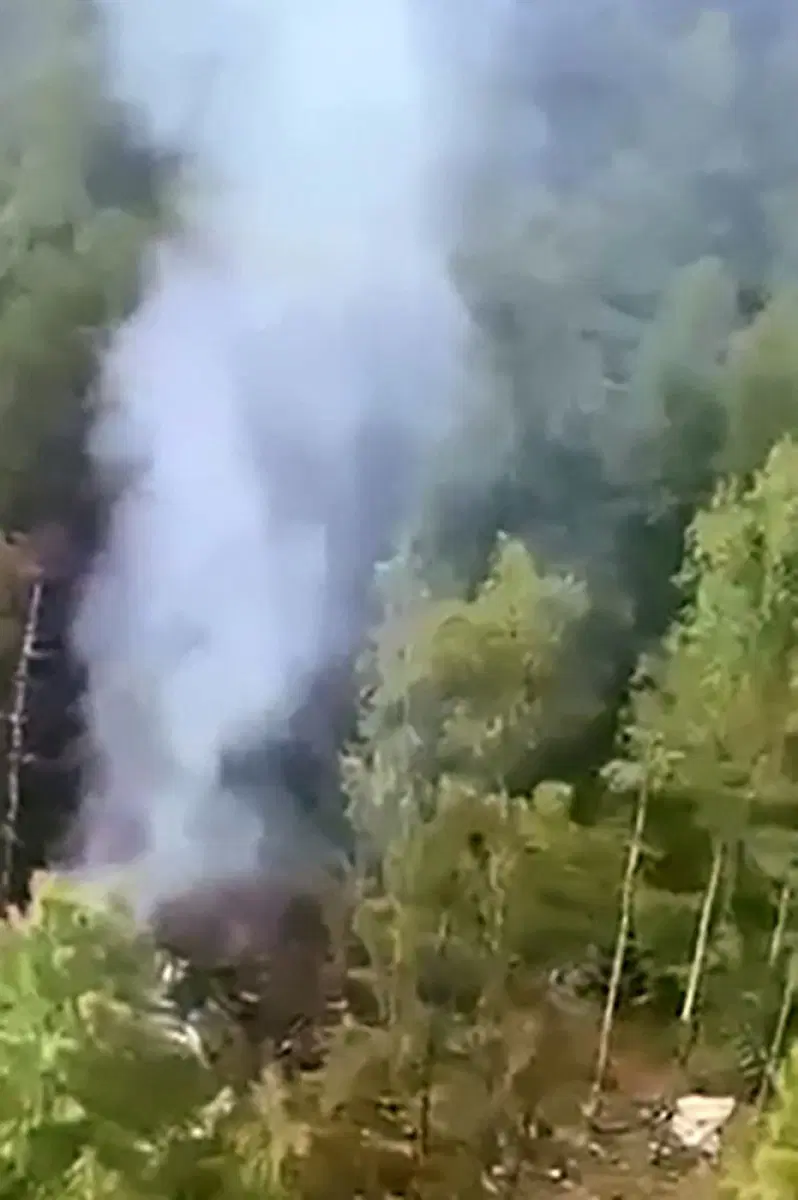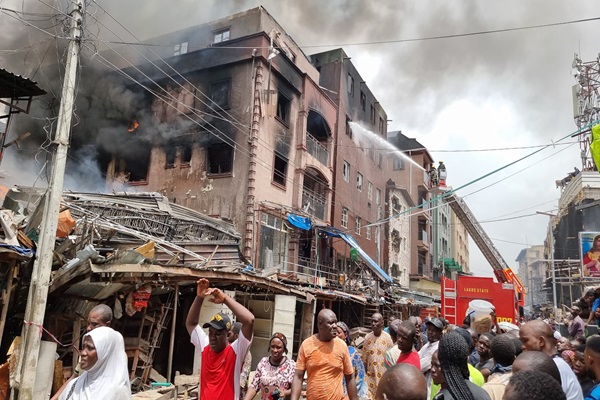A passenger aircraft carrying nearly 50 people has crashed in a remote mountainous area of Russia’s far eastern Amur region, with authorities confirming no immediate signs of survivors.
The Antonov-24 twin-propeller plane, operated by Angara Airlines, vanished from radar around 1:00 p.m. local time (0400 GMT) while en route from Blagoveshchensk to the mining town of Tynda. A rescue helicopter later spotted the smouldering fuselage on a densely forested slope approximately 16 kilometers from its intended destination.
Dramatic footage released by Russian investigators showed smoke billowing from the charred wreckage nestled in thick woods. Rescue personnel onboard the helicopter reported no signs of life at the crash site, according to regional emergency services.
The Amur region’s civil defense agency confirmed it has deployed 25 rescue workers, five units of equipment, and placed four aircraft on standby, though the difficult terrain has slowed ground access to the site.
Initial reports indicate the aircraft was carrying 43 passengers and six crew members, including five children. However, Russia’s state news agency TASS, citing emergency sources, said there were 40 passengers on board.
Authorities say the crash occurred during a second attempt to land at Tynda Airport. “While approaching Tynda Airport, the aircraft went around for a second landing, after which contact was lost,” the Far Eastern Transport Prosecutor’s Office said. Investigations into the cause of the accident are underway.
The ill-fated Antonov-24, a Soviet-era plane first introduced in 1959, was reportedly nearly 50 years old. TASS reported that its airworthiness certificate had been extended in 2021 and was valid until 2036.
Angara Airlines, based in Irkutsk, has yet to issue a public statement.
While Russia has been transitioning to modern jets in recent years, ageing turboprops like the An-24 remain in service across remote regions—where challenging weather, difficult terrain, and limited infrastructure often compound the risks.




